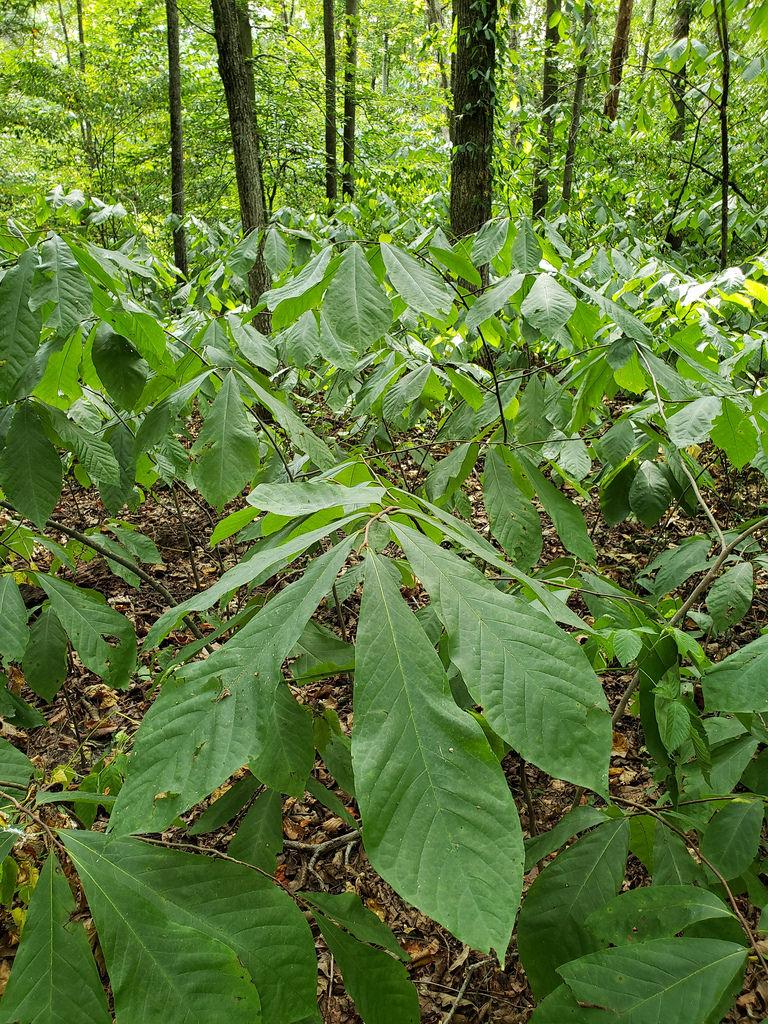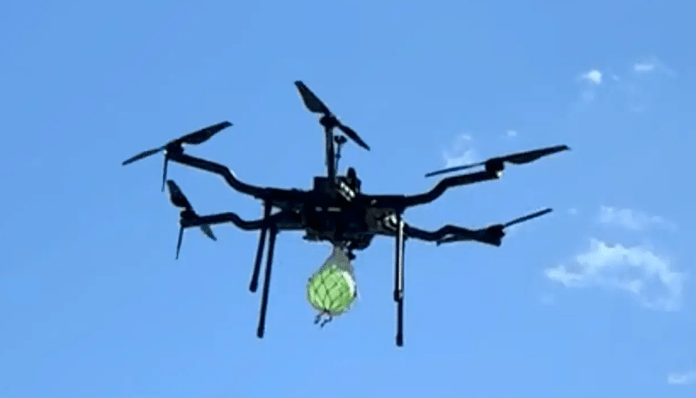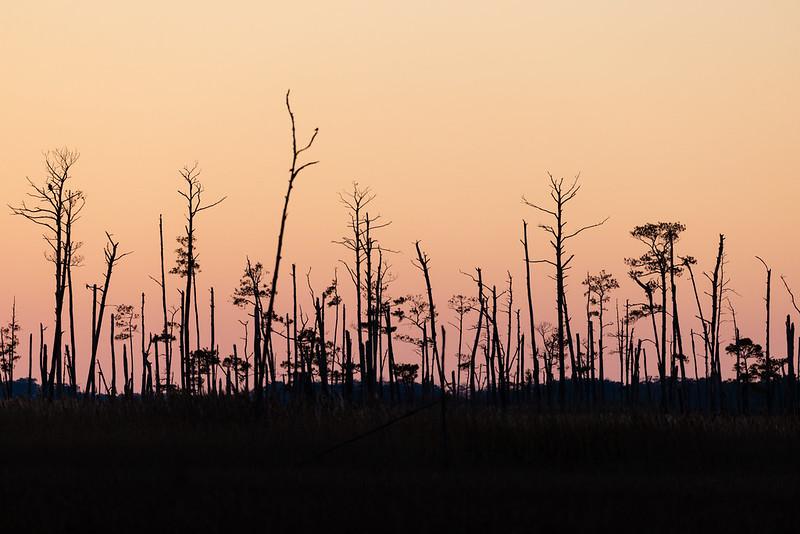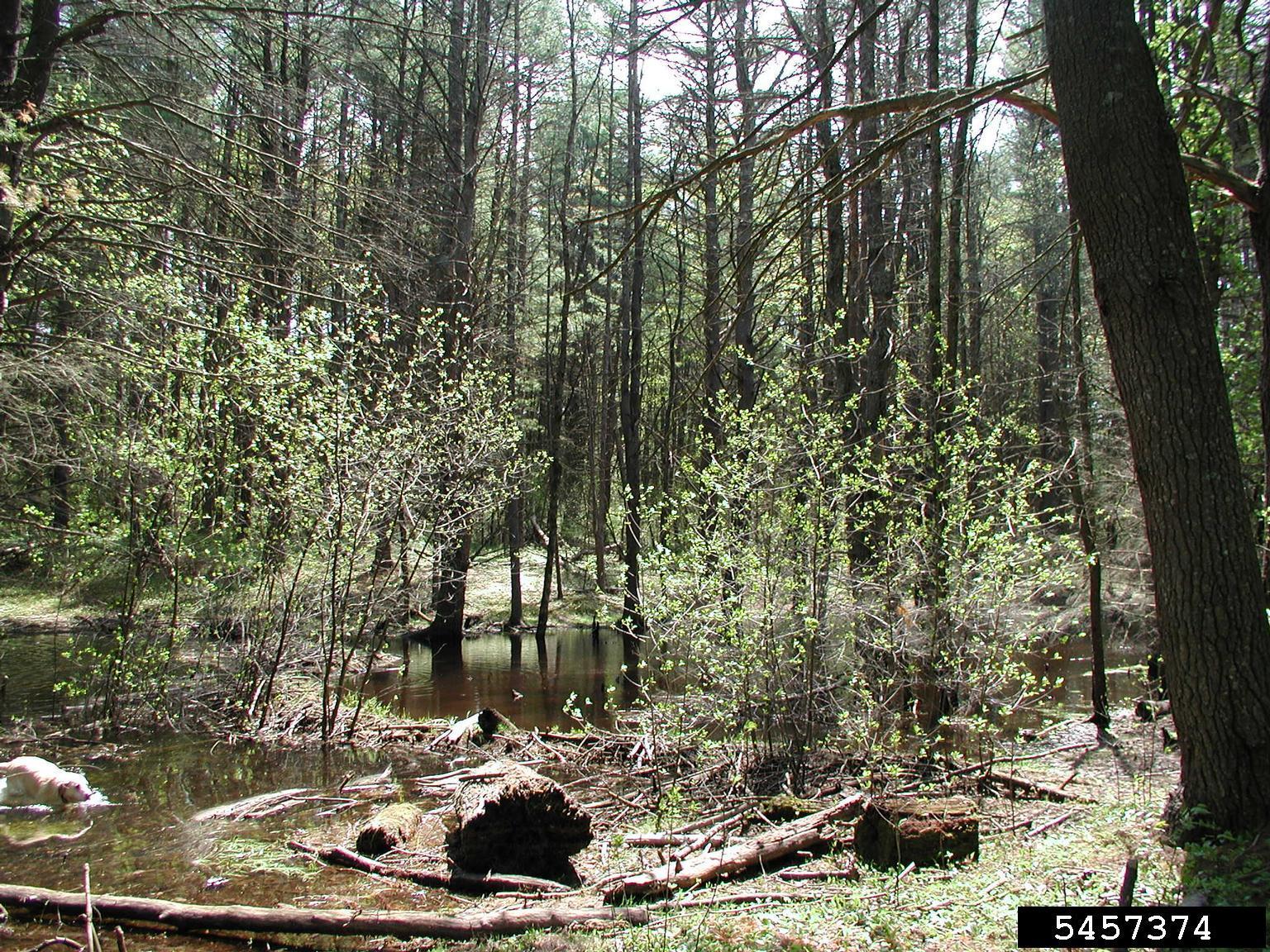Events Calendar
July 15-18, 2025
The American Forest Congress Meeting
Washington DC
The congress is a gathering of natural resource management leaders focused on discussing and shaping forest policy in the U.S. The decision to convene soon is driven by the congress’ goal to reduce carbon dioxide emissions and focus on the vital role forests play in providing natural climate solutions. The theme of this meeting is Equity & Climate, to highlight the congress’ commitment to diversity. Learn more at this link.
July 30-31, 2025
Teaching Trees for Teachers
New Kent Forestry Center, VA
A 2-day training for middle and high school teachers who wish to incorporate forestry into a science or agriculture curriculum. The workshop focuses on local forest ecology, management, and products, and includes real-world, field-based activities for students. Class includes 14 hours of instruction, two SOL-correlated Project Learning Tree modules and related supplies, and ideas for incorporating forestry field study into classes. Cost is $25 (lodging reimbursement is available to those traveling outside the area). Learn more and register by June 3 here.
November 7-9, 2025
Alliance for the Chesapeake Bay’s Chesapeake Watershed Forum
National Conservation Training Center, Shepherdstown WV
The Alliance for the Chesapeake Bay’s 20th Annual Chesapeake Watershed Forum, is a watershed-wide event reaching over 400 restoration and protection practitioners to inspire and empower local action towards clean water. We share successful tools and techniques, offer lessons and learnings from on-the-ground work, build capacities of local organizations, foster partnerships, educate on new initiatives and emerging practices, network with others, and celebrate our successes. Learn more and register here.








